
- Professional Sewer & Septic Services
Trusted Sewer & Septic Services
At Sewer Solutions, we provide fast and dependable sewer and septic services through certified professionals — serving both residential and commercial clients.
Why Choose Sewer Solutions?
At Sewer Solutions, we stand out because we deliver dependable, expert sewer and septic services when you need them most. When sewer or septic problems strike, you need a company that shows up — and knows what they’re doing. At Sewer Solutions, we’ve built our reputation on delivering real results for homeowners and businesses across.
We operate with one purpose: to ensure you get top-quality service from a licensed, experienced professional — no guesswork, no delays, no shortcuts.
Whether you’re dealing with a backed-up line, a failed septic system, or a new install, we handle every job with precision, speed, and care.
We don’t believe in cutting corners — we believe in solving problems right the first time.
Understand Your Sewer System And Its Needs
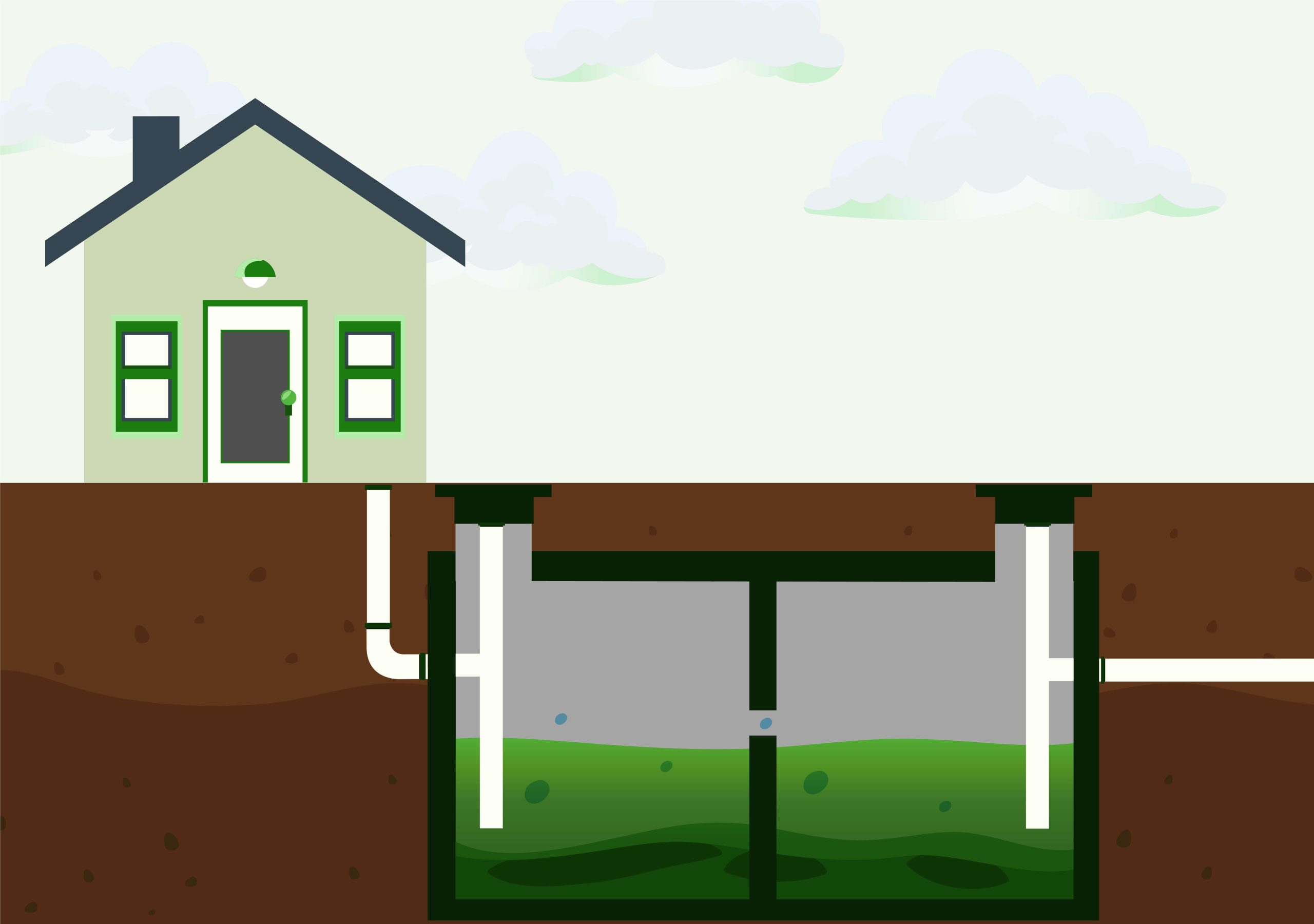
Conventional Septic Tank
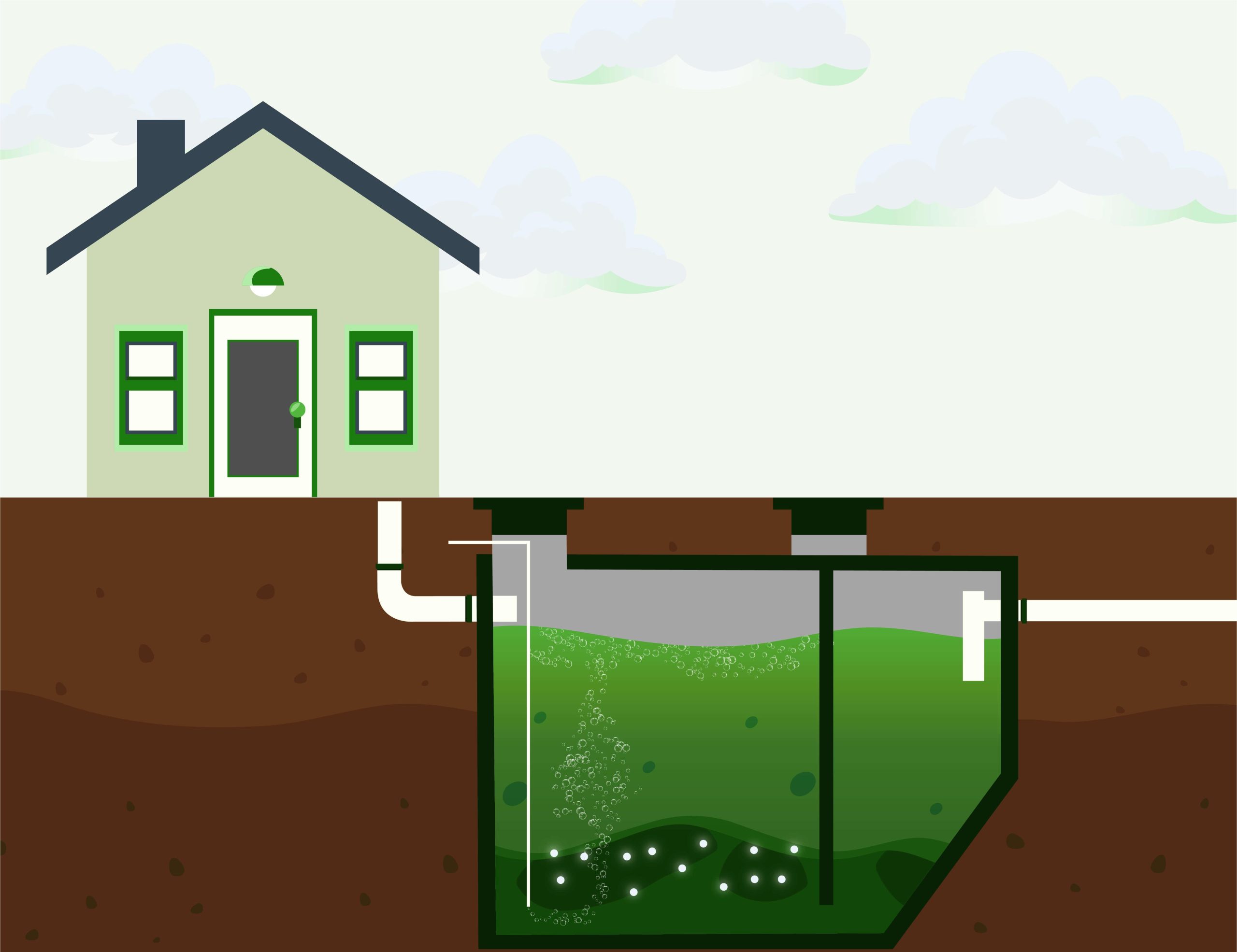
Aerobic Treatment Unit
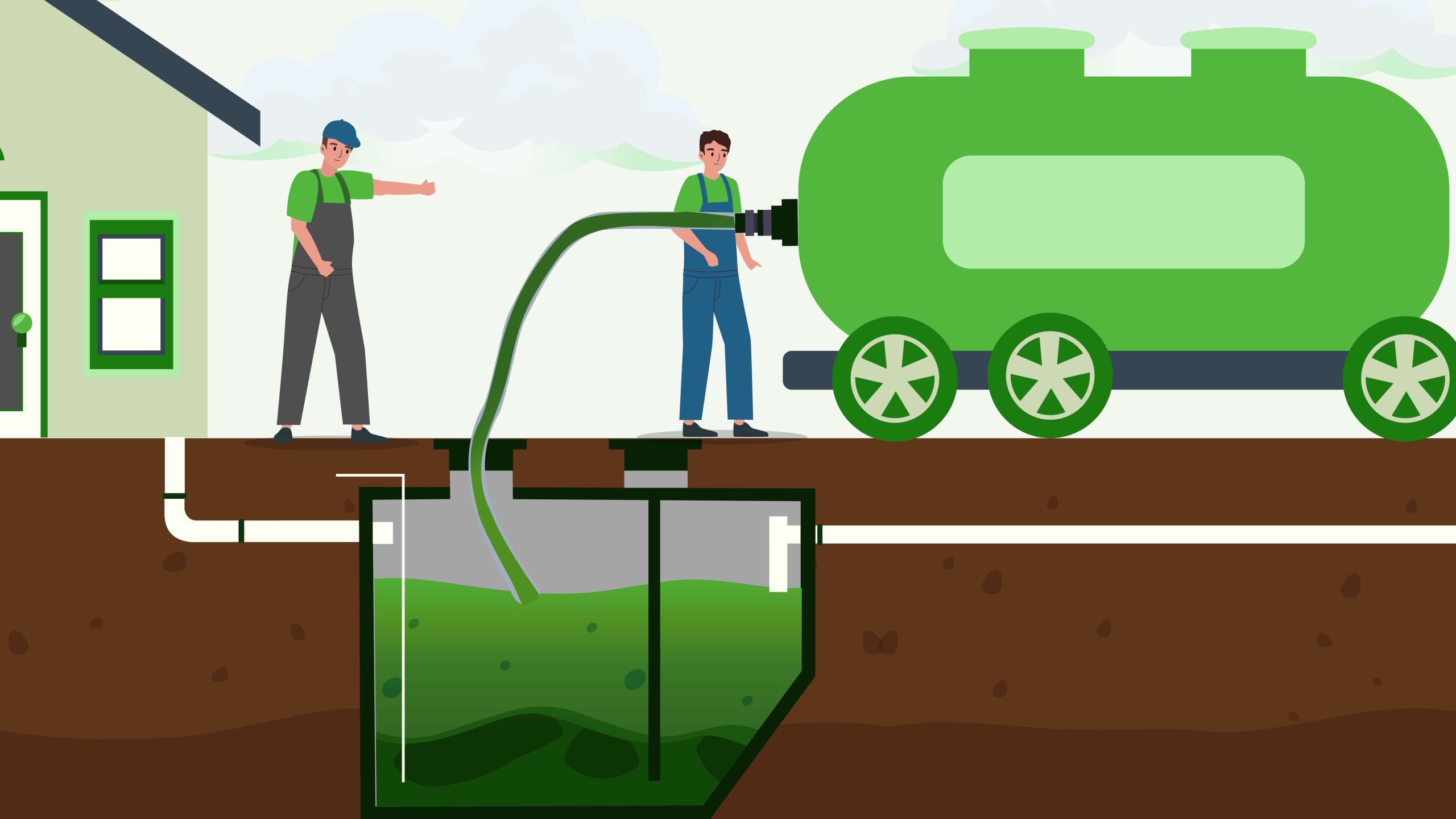
How A Pumpout Works

Wastewater Dispersal Methods After Treatment
How We Work
Our process at Sewer Solutions is designed to be simple, efficient, and stress-free — so you get the service you need without the runaround. At Sewer Solutions, we’ve streamlined the process so you get fast, professional service with no hassle.
- Call us or submit a request — our team will learn more about your issue
- We assign the right certified professional based on your location and service need
- A licensed technician arrives on-site, fully prepared to assess and fix the problem
- We follow up to ensure the work is completed to the highest standard
We handle every step, from start to finish — no outsourcing, no passing the buck. Just results.
Full-Service Sewer & Septic Solutions
Our team delivers end-to-end sewer and septic services, covering everything from emergency repairs to full system installations. At Sewer Solutions, we provide complete septic solutions tailored to the needs of residential and commercial clients across the state. Whether you’re facing an urgent issue or planning ahead for a system upgrade, our certified professionals are equipped to handle the job — quickly, cleanly, and to code.
We offer dependable service for:
- Sewer Repair
- Emergency Sewer Service
- Sewer Line Replacement
- Sewer Installation
- Trenchless Sewer Repair
- Sewer Camera Inspection
- Sewer Cleaning Service
- Septic System Installation
- Septic Tank Pumping
- Septic System Inspection
- Septic System Maintenance
- Aerobic Treatment Unit Services
From underground repairs to full system installs, we bring deep experience, the right equipment, and licensed professionals to every job. When you work with Sewer Solutions, you’re working with a company that delivers real solutions with long-term results — no shortcuts, no delays.
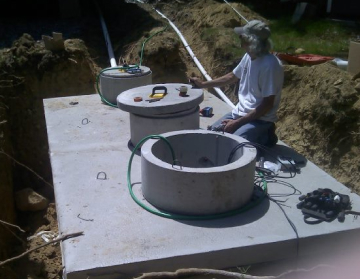
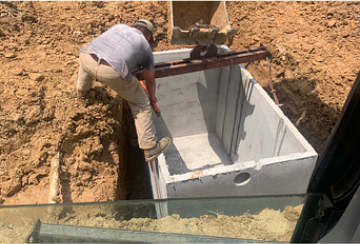
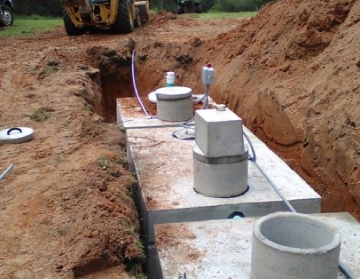
What Sets Us Apart
What makes Sewer Solutions different is our commitment to doing the job right — with skill, integrity, and local expertise you can count on. We don’t just show up — we show up with a plan, the tools, and the professionalism you expect. That’s why homeowners and businesses trust us with their sewer and septic needs.
- Our team is certified professionals who meet strict service standards
- We operate locally, so every call is answered by someone who knows your area
- Our work is backed by years of experience and a commitment to quality
- No upsells. No surprises. Just honest service you can rely on
You won’t find cookie-cutter solutions here — just experienced professionals who solve your problem the right way.
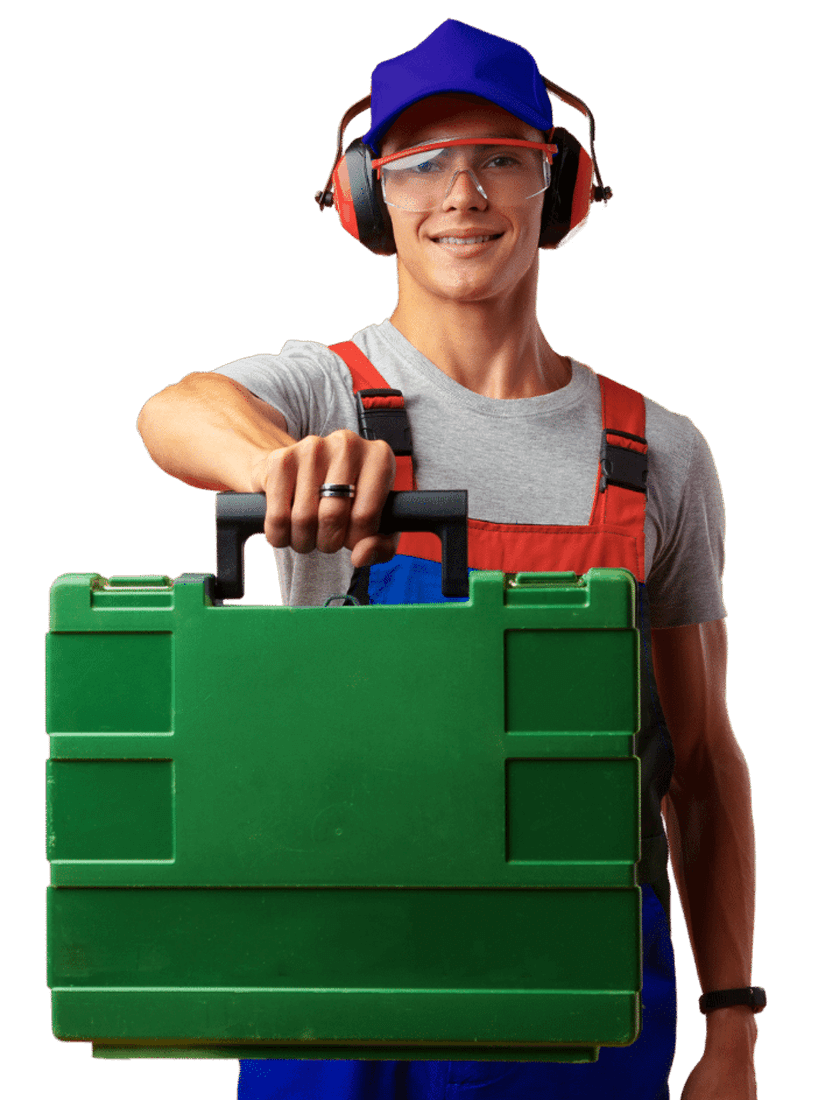
Searching for Sewer Repair Near You?
If you’re dealing with a slow drain, sewage backup, or foul odors around your home, don’t wait — sewer problems only get worse with time. At Sewer Solutions, we help residential clients across the state get fast, professional sewer repair backed by years of experience and reliable workmanship.
We operate through a trusted statewide network of licensed and certified professionals — all carefully selected to ensure you receive top rated service, no matter where you live in Louisiana.
Whether you’re in a small town or a major city, our team is ready to respond. We handle everything from broken lines and root intrusion to complete sewer replacements. The job gets done safely, correctly, and up to code — every time.
Frequently Asked Questions
Find answers to our most commonly asked questions, from our services and pricing to the benefits of working with us. For more assistance, feel free to reach out to our team!
Slow drains, gurgling sounds, foul odors, and sewage backups are common warning signs.
Yes, tree roots can invade and crack sewer pipes, causing blockages and leaks.
Yes, tree roots can damage sewer lines. They grow toward moisture and can enter small cracks or joints in pipes. Over time, this causes clogs, leaks, and even pipe breaks. Regular inspections and maintenance help prevent costly repairs.
It’s a no-dig method to fix or replace pipes without major excavation, saving time and landscaping.
Our Client Feedback & Best Review For Us.
Need any urgent help? hire us now!
225-243-9148
support@sewer.com
Location Address
Louisiana


